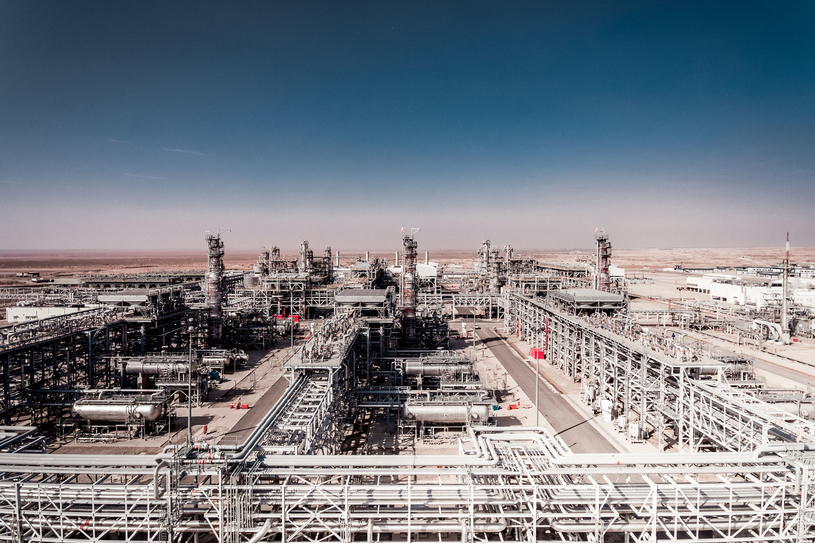Gazprom Neft subsidiary Gazpromneft-Badra has begun shipping granulated sulphur from its Badra oilfield in Iraq — the unique gas infrastructure installed by the enterprise here having made it possible not just to diversify production, but also increase associated petroleum gas (APG) utilisation to 98 percent.
The pilot consignment, delivered by order of Iraqi client “Ard as-Sakhlya”, totalled 1,000 tonnes and was shipped from the field with the help of 40,000-tonne-capacity heavy-goods vehicles (HGVs) over the course of one week. Gazpromneft-Badra is now preparing to ship its next consignment, of more than 3,000 tonnes of granulated sulphur, for another business in Iraq.
Gazpromneft-Badra has managed commercial production at this asset for a period of five years, during which time total cumulative production has reached 100 million barrels. The business has produced more than 2,1 million tonnes (15.6 million barrels) of liquid hydrocarbons since early 2019. Shipments of granulated sulphur from Badra commenced this year.
Production is undertaken through sulphur production and granulation plants with capacity of 110,000 and 136,000 tonnes per year, respectively, both of which form part of the 1.6-billion cubic metres per year capacity gas plant at the Badra field.
The technological process of producing granulated-sulphur production is automated throughout all key stages, from intake of raw materials to packaging of finished products. Gazpromneft-Badra has, already, produced more than 72,000 tonnes of sulphur (now in storage), which is expected to be shipped to Iraqi customers as orders are received.
Vadim Yakovlev, First Deputy CEO of Gazprom Neft, commented:
“We have, in Badra, created a modern industrial complex, unique in the variety of its output, producing not only oil and gas, but also granulated sulphur and electricity.
“Cutting-edge technological solutions have allowed us to monetise all hydrocarbons produced, as well as ensuring optimum environmental friendliness on this project, increasing APG utilisation to more than 98 percent.”
(Source: Gazprom Neft)

